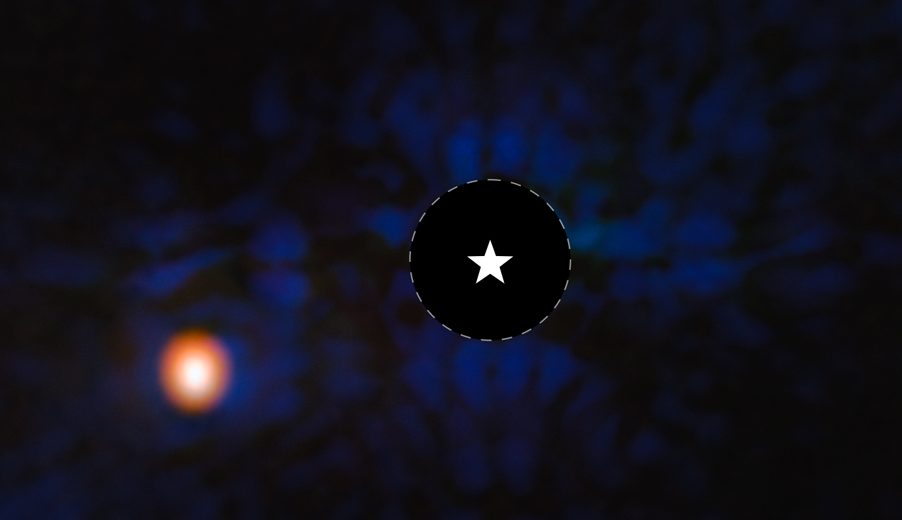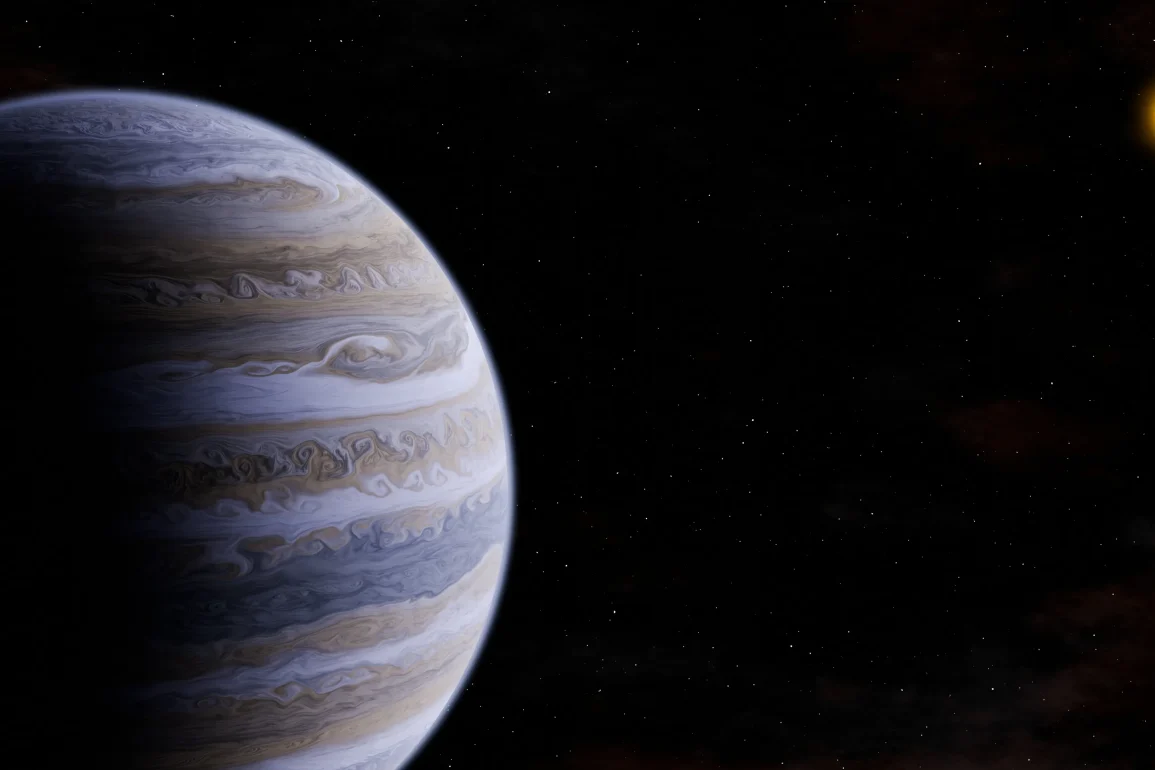A super Jupiter has been detected orbiting the star Epsilon Indi A, located 12 light-years away, by the James Webb Space Telescope. This planet has a diameter similar to Jupiter but is six times more massive and possesses an atmosphere rich in hydrogen.
The most striking feature of this super Jupiter is its extensive orbit, taking between 100 and 250 years to complete a single revolution around its star, at a distance 15 times greater than that between Earth and the Sun.
Previously, scientists suspected the presence of a large planet orbiting Epsilon Indi A but did not anticipate one of such mass or with such a distant orbit. The star Epsilon Indi A is part of a three-star system.
The newly gathered data from the Webb Telescope confirms the planet’s orbit, shedding light on the characteristics of this distant gas giant. The findings were published by an international team led by Elisabeth Matthews from the Max Planck Institute for Astronomy.

Astronomers managed to directly observe the ancient and cold gas giant by employing a special shading device on the Webb Telescope that masks the star’s light, allowing the planet to be seen as a pinpoint of infrared light. This technique revealed the planet and its star to be 3.5 billion years old, which is 1 billion years younger than our solar system but still considered old in astronomical terms.
Despite the proximity of the star Epsilon Indi A to our solar system, making it visible to the naked eye in the Southern Hemisphere, the likelihood of life on the super Jupiter is slim. The planet’s gas giant composition, lacking a hard surface or liquid water, makes it inhospitable for life as we know it. Matthews noted that while additional gas giants are unlikely in this solar system, smaller rocky worlds may exist.
The discovery of this super Jupiter contributes to the broader understanding of planetary evolution over billions of years. Since the first exoplanets were confirmed in the early 1990s, NASA has cataloged 5,690 such planets as of mid-July.
Most exoplanets have been identified through the transit method, detecting dips in starlight as planets pass in front of their stars. The search for more exoplanets, particularly those similar to Earth, continues with both space-based and ground-based telescopes, spearheaded by the powerful James Webb Space Telescope launched in 2021.

